External doors – your complete guide to choosing, costing and fitting
They can make or break the look of your home and should dramatically improve energy efficiency and security

One of the most important decisions when designing a new extension or renovating a house is the type of doors you include. Glazed doors connect a room to the garden, and may also be used for upstairs rooms if planning and building regulations are met for issues such as overlooking neighbours and safety.
Having work done? Check out all our project planning advice.
Here are our top things to consider when choosing external doors. For further details and advice, go online to planningportal.co.uk.
1. Consider where the door is going to be
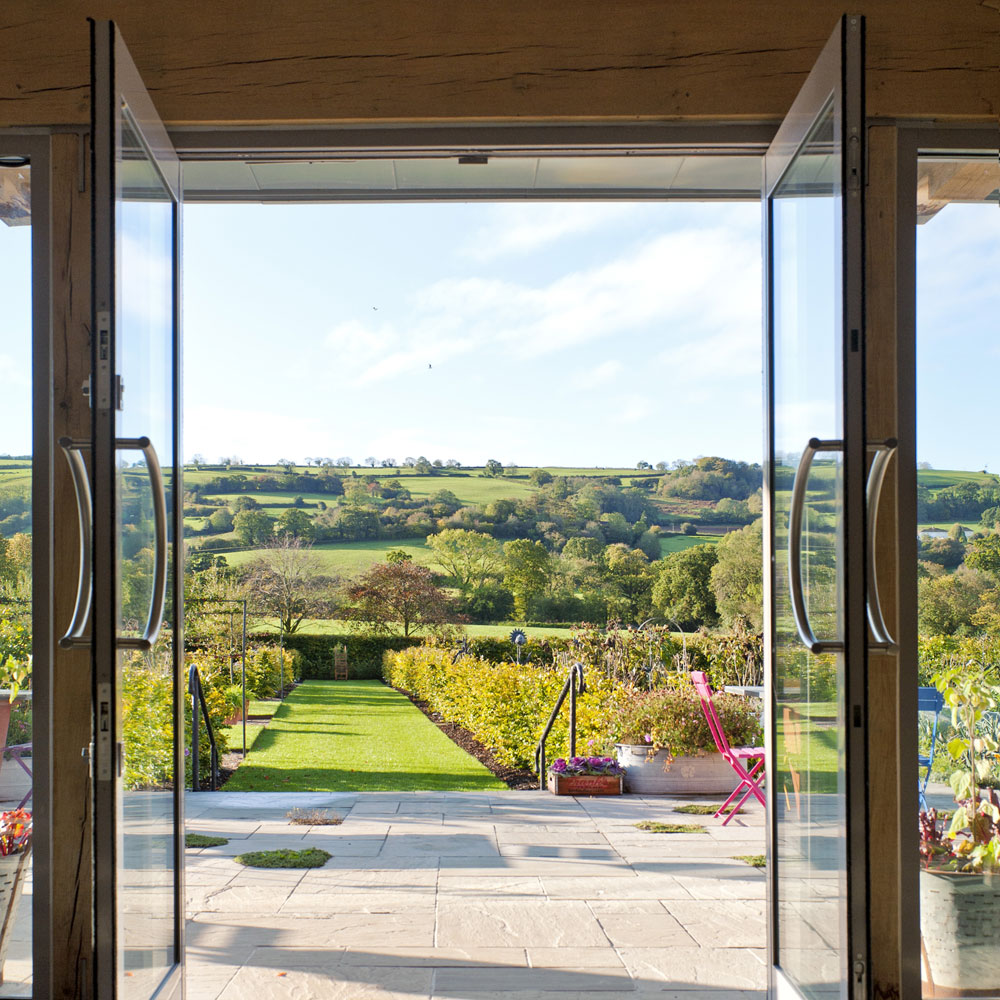
It’s important to plan ahead when fitting doors to make potentially tricky decisions about drainage and floor levels. The size and position of the door opening is a key part of the house’s plans, and any late changes may need planning approval and could be costly.
If possible, try to see your preferred doors before buying, rather than choosing from a brochure picture.
2. Decide on a style of door
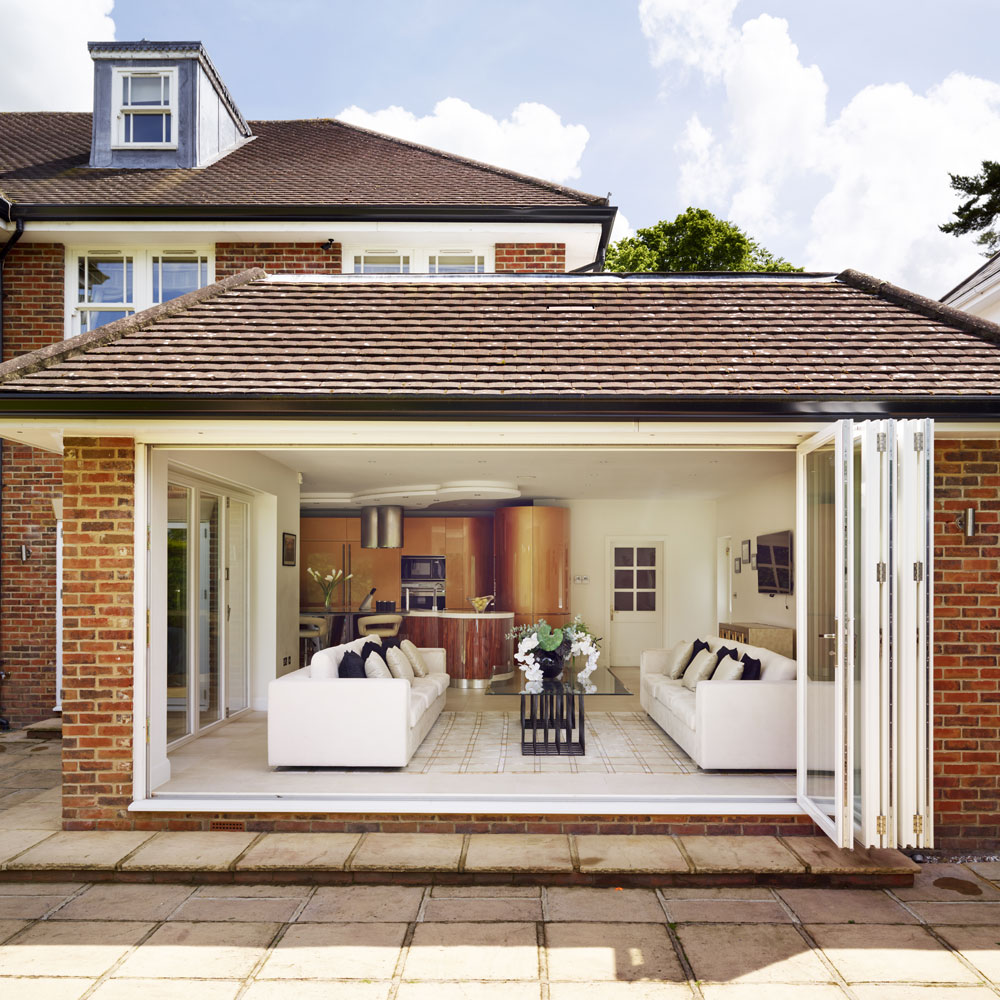
Bifold doors
A popular choice for many people, bifolds are made up of a set of glazed panels and can slide or concertina, effectively opening up the entire wall of a house allowing for unrestricted access. They can open left or right, inside or outside, and even fold around corners.
It’s also possible to fit bifolds with a single door, which can then be used on its own. There will need to be space for stacking inward-opening doors and the sturdy design of bifolds means more framework and less glass is on view when the doors are shut.
Get the Ideal Home Newsletter
Sign up to our newsletter for style and decor inspiration, house makeovers, project advice and more.
Sliding doors
These tend to be made up of two or more large glass panels, opening and closing in line on a track, with one panel sliding behind the other. They offer large areas of glass but the view will be inhibited even when the doors are fully open because the frames don’t recess completely.
French doors
More traditional in design, these usually consist of two outward- or inward-opening doors, and may be fitted with fixed panes of glass either side to increase the glazed area. The frame usually creates a step, rather than the level threshold that bifolds offer.
3. Choose your frame finish
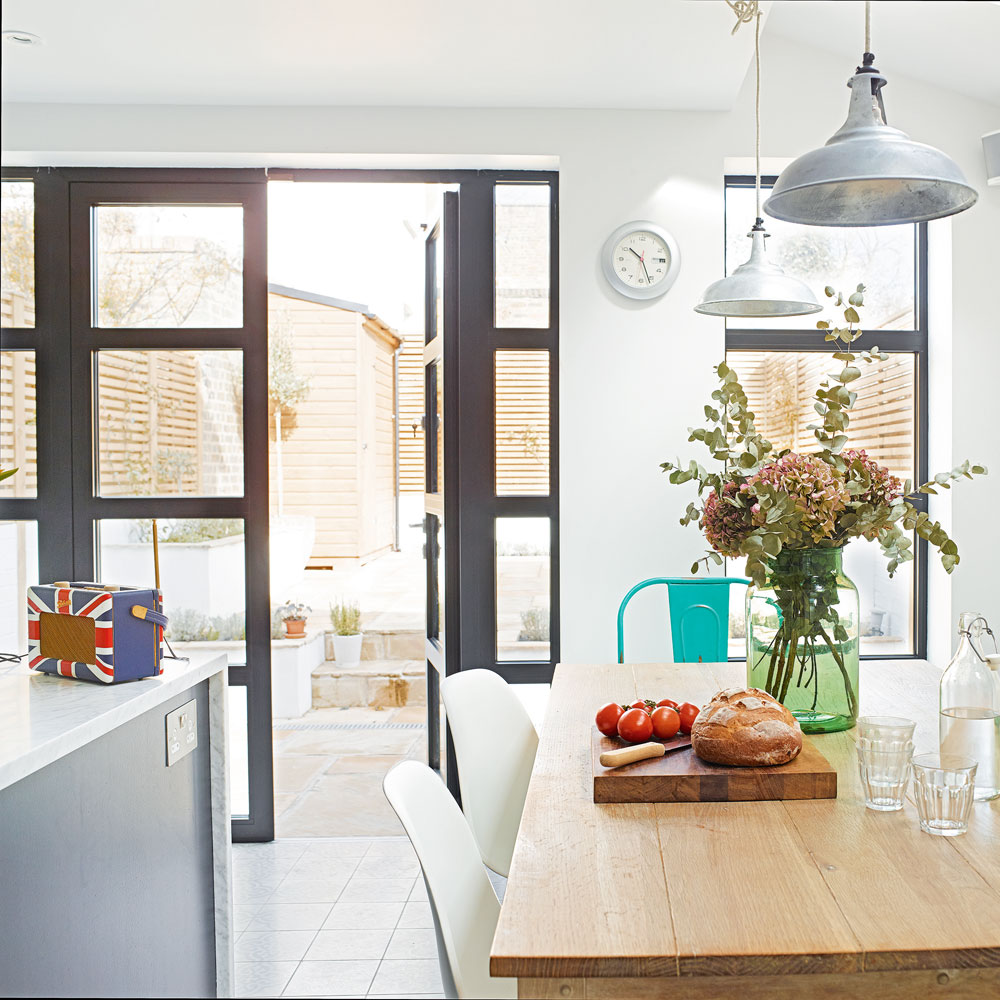
Aluminium doors
Popular for contemporary homes, aluminium frames can be supplied in virtually any colour. They’re also lightweight, strong and maintenance-free.
Composite doors
Made from a mixture of materials, composite doors are often more expensive. Those made from timber tend to be clad in a weatherproof material, for a tough, low-maintenance exterior.
Timber doors
These offer good thermal properties and a classic look. However, they’re also vulnerable to the weather, need treating and maintaining, and can be prone to warping.
Steel doors
Used in buildings since the Thirties, Crittall-style steel frames are back in fashion. They combine a slender look with the benefits of thermal performance, security, durability and easy maintenance.
UPVC doors
Good value and weather-resistant, uPVC doors don’t need painting and are easy to maintain. But it’s nigh-on impossible to alter the size of them once they’re ordered and fitted.
More inspiration: Replacement windows – everything you need to know
Hopefully this will help you to shop savvy when it comes to choosing your external doors. Enjoy the view!

Ginevra Benedetti has been the Deputy Editor of Ideal Home magazine since 2021. With a career in magazines spanning nearly twenty years, she has worked for the majority of the UK’s interiors magazines, both as staff and as a freelancer. She first joined the Ideal Home team in 2011, initially as the Deputy Decorating Editor and has never left! She currently oversees the publication of the brand’s magazine each month, from planning through to publication, editing, writing or commissioning the majority of the content.
-
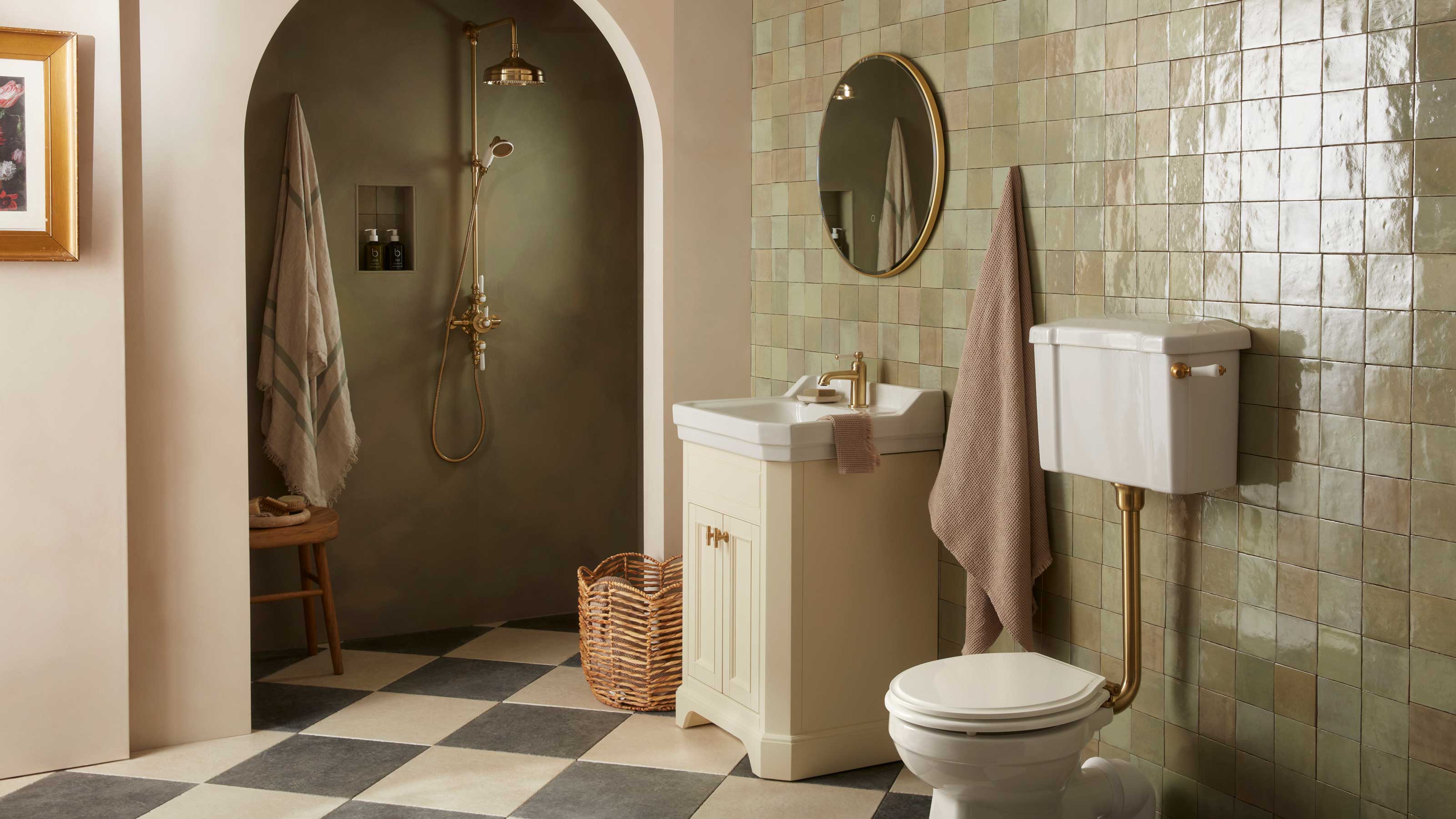 Is a wet room worth it? I asked bathroom experts whether a wet room adds value or makes it difficult to sell
Is a wet room worth it? I asked bathroom experts whether a wet room adds value or makes it difficult to sellNot everyone sees a wet room as a positive so we asked the experts how to design a space that will add value and help your home sell fast
By Natasha Brinsmead
-
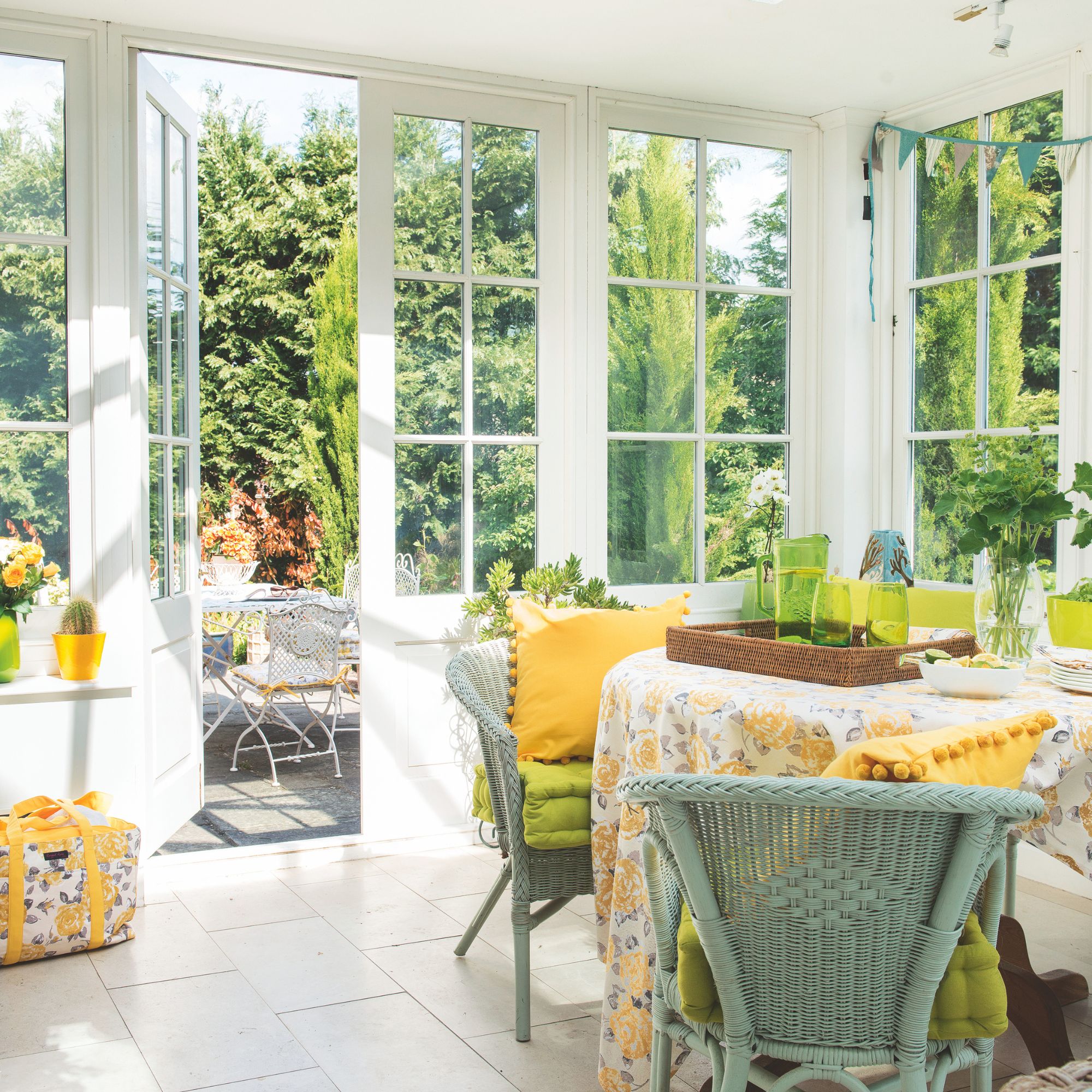 What’s the difference between a conservatory and a garden room?
What’s the difference between a conservatory and a garden room?More than you might think, say the pros
By Amy Reeves
-
 5 items I always add to a bathroom to make it look better instantly as a professional interior stylist
5 items I always add to a bathroom to make it look better instantly as a professional interior stylistThese are the things I add to every bathroom photo shoot I style
By Laurie Davidson